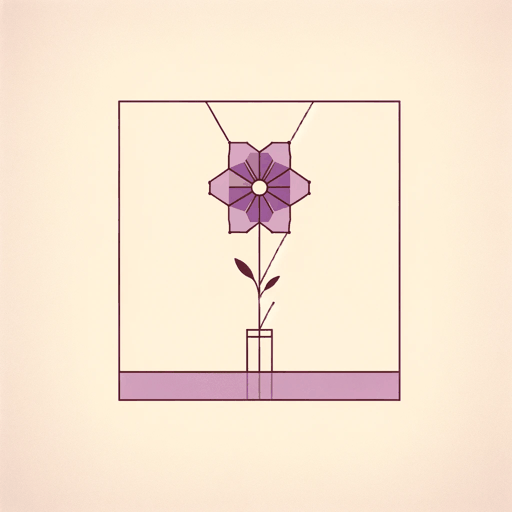50 pages • 1 hour read
Nathaniel HawthorneRappaccini's Daughter
Fiction | Short Story | Adult | Published in 1844A modern alternative to SparkNotes and CliffsNotes, SuperSummary offers high-quality Study Guides with detailed chapter summaries and analysis of major themes, characters, and more. For select classroom titles, we also provide Teaching Guides with discussion and quiz questions to prompt student engagement.
Symbols & Motifs
Women and Flowers
One of the main motifs is the connection between women and flowers. For example, many female names are derived from flowers. Giovanni presents gifts of flowers to Beatrice. Finally, flowers often represent a feminine ideal of the period: delicate, pretty, and defenseless.
Throughout the story, the male characters use the connection between flowers and femininity to dehumanize Beatrice. On first seeing her, Giovani equates her to the flowers she tends. Her father sees her as another experiment. Baglioni uses her as a tool to frustrate Rappaccini’s plans. Beatrice’s poisonous nature becomes a type of patriarchal enslavement.
The narrator, by contrast, underlines Beatrice’s moral superiority and uses it to reveal the men’s shortcomings. Like in other works by Hawthorne, the female protagonist is the most complex and admirable character, offering a potential redemption for the hero. Rather than embrace her enslavement and help promote her father’s agenda, she chooses to die as an act of self-liberation. (An overview of feminist readings of the story can be found here.)
Hubris and Toxic Masculinity
The story’s main theme is men’s hubris, which marks their masculinity as toxic. All three male characters believe they know best and can change the natural order without consequences.
Related Titles
By Nathaniel Hawthorne
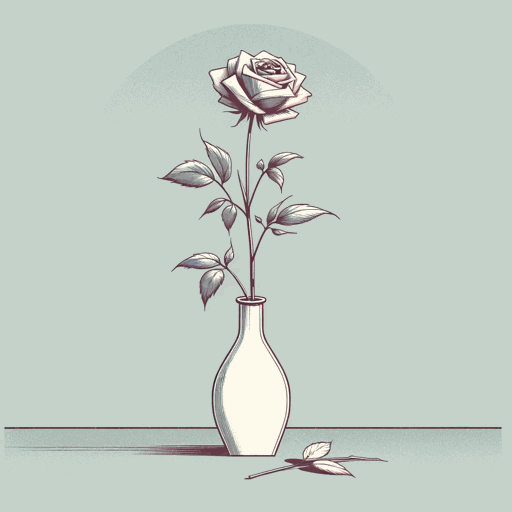
Dr. Heidegger's Experiment
Nathaniel Hawthorne
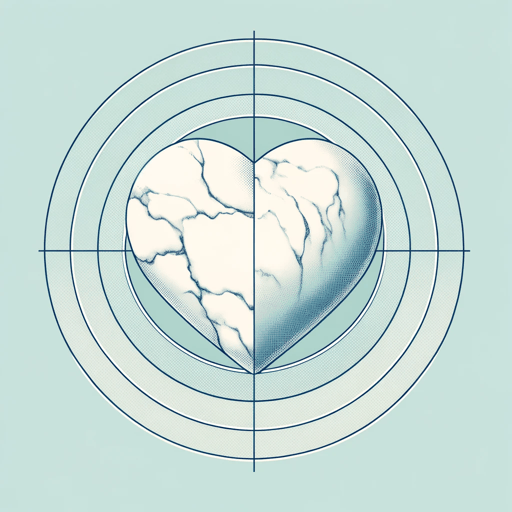
Ethan Brand
Nathaniel Hawthorne
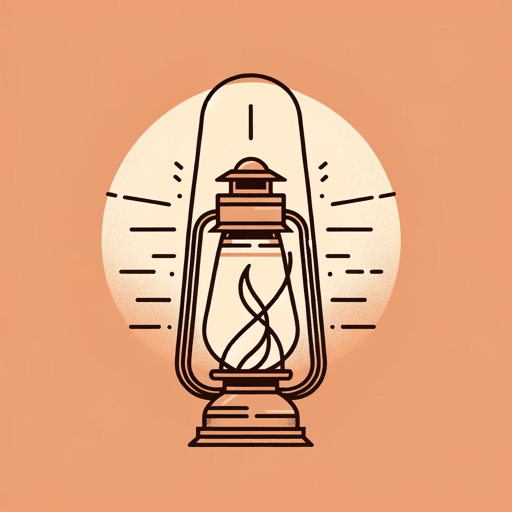
My Kinsman Major Molineux
Nathaniel Hawthorne

The Ambitious Guest
Nathaniel Hawthorne

The Artist of the Beautiful
Nathaniel Hawthorne
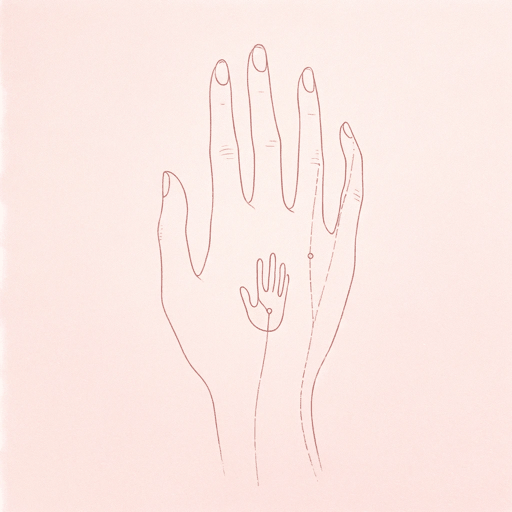
The Birthmark
Nathaniel Hawthorne

The Blithedale Romance
Nathaniel Hawthorne
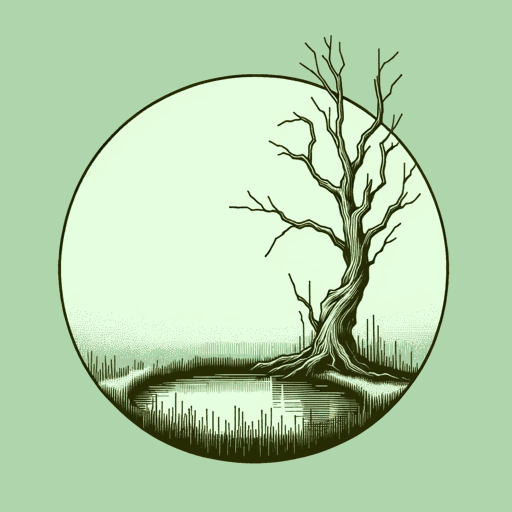
The Hollow of the Three Hills
Nathaniel Hawthorne
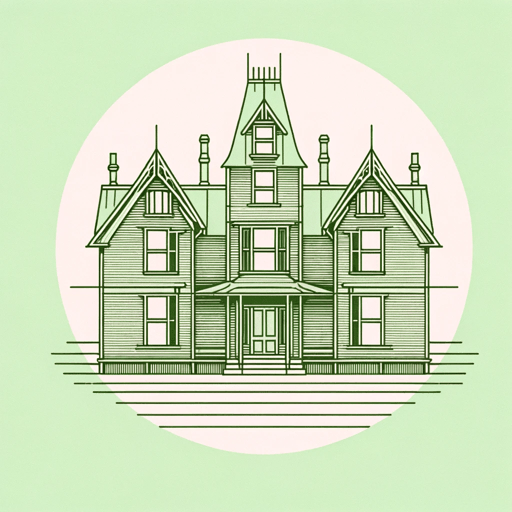
The House of the Seven Gables
Nathaniel Hawthorne

The Marble Faun
Nathaniel Hawthorne
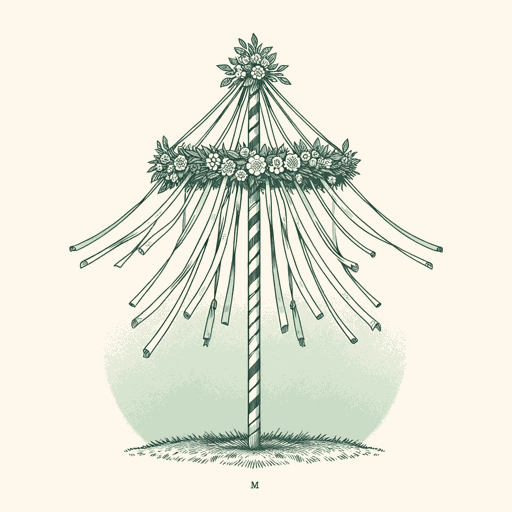
The Maypole Of Merry Mount
Nathaniel Hawthorne
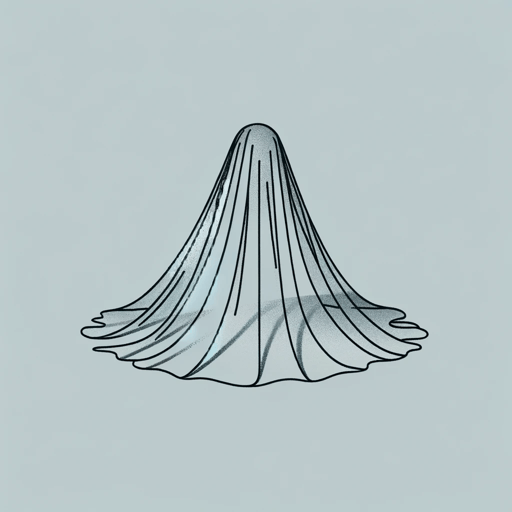
The Minister's Black Veil
Nathaniel Hawthorne

The Scarlet Letter
Nathaniel Hawthorne

The Wives of the Dead
Nathaniel Hawthorne

Young Goodman Brown
Nathaniel Hawthorne
